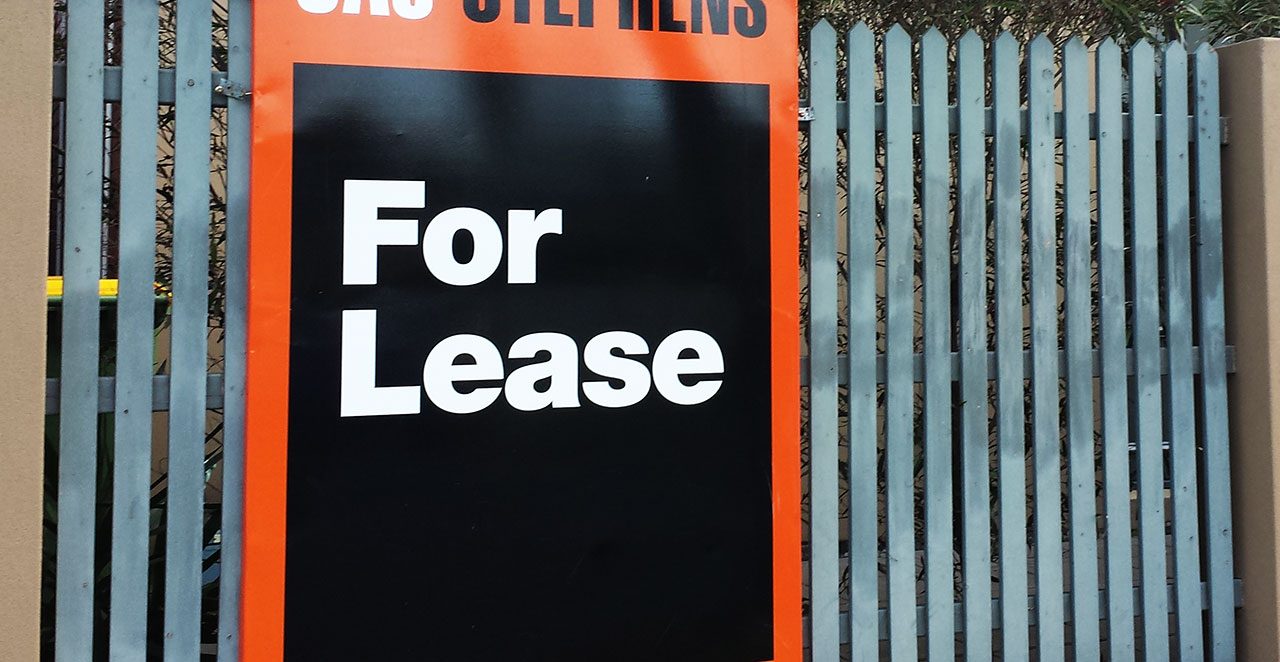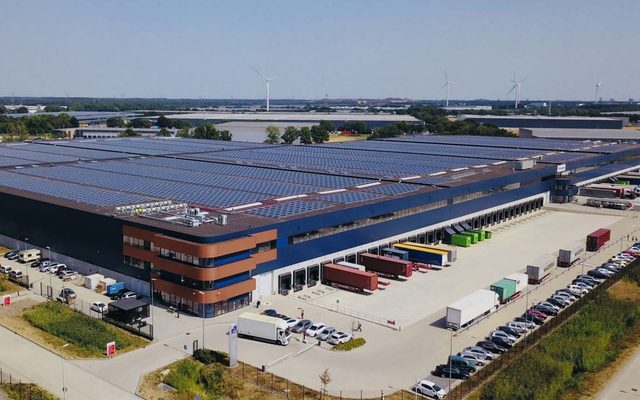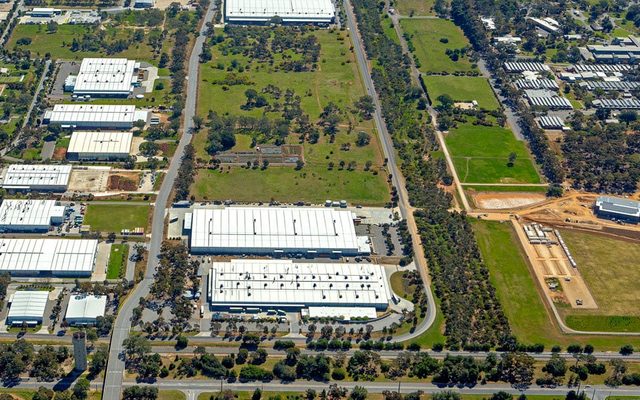This article is from the Australian Property Journal archive
ONCE again Australia’s median rent has hit a new record high, after a 0.8% increase over April, as the rate of growth picks up again in 2024.
According to CoreLogic’s latest Rental Market Update, the national median rent value rose to $627 per week in April, for a high of $770 per week in Sydney and low of $547 per week in Hobart.
With the pace of annual rent growth gaining momentum in the start of 2024, national growth went from a recent low of 8.1% in October last year to 8.5% in April.

“Even markets where rents had been falling are now showing values start to steady, or increase again,” said Eliza Owen, head of research Australia at CoreLogic.
“Canberra house rent falls bottomed out at -3.4% in the year to September, though rents have been rising over the past seven months, taking the market back into a year-on-year increase of 1.8%. In Hobart, house rents are back in positive growth territory, and unit rents seem close to flattening out.”
At the same time, annual growth in the regional unit rents hit 5.0% in the year to September before rising back to 6.9% in the 12 months to April.
With regional house rent growth increasing from 3.4% in September 2023 to 6.2% in April this year.
“Part of the reason for the re-acceleration in rents nationally could be due to renters being forced into more affordable, peripheral housing markets as they become priced out of more desirable and central metropolitan locations,” added Owen.
“Areas where rents are slightly lower may offer more space for group households or have slightly less competitive rental conditions which are potentially being more targeted by prospective tenants.”
With growth reaccelerating most strongly in greater capital city areas within 30-40km of city centres, between October 2023 and this April.
For example, Sydney’s Campbelltown saw annual growth climbing from 9.1% in October 2023 to 13.4% in the year to April.
“While these outer-suburban markets are seeing the most rapid re-acceleration in rents, the pickup in rent growth has been fairly broad-based, with only rent markets within 10 km from city centres showing a consistent easing in average annual growth,” said Owen.
“Many of these markets are only seeing rent growth ease from a very recent high.”
Demand is continuing to outstrip supply across Australia’s rental market at large, with average household size continuing to decline to 2.50 people in June 2023, according to ABS figures.
With net overseas migration in the year to September coming in just below 550,000 and temporary visa holders—who occupy the rental market—accounting for over 90% of this figure.
“Given there is little that can be done on the supply side for renters in the short term, reprieve in the rental market is most likely to come from a moderation in net overseas migration, as some temporary migrants start to depart, and arrival numbers normalise post-COVID,” added Owen.
“Centre for Population forecasts indicate this could occur from next financial year. Until then, renters may be seeking more shared accommodation, or exploring cheaper rental markets across the outer metro fringes or regional Australia.”




